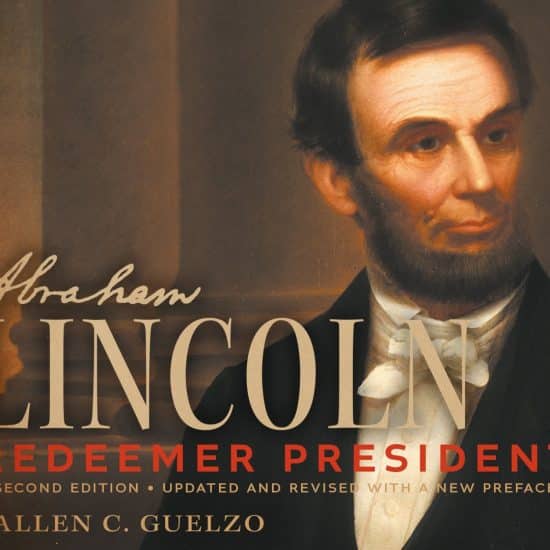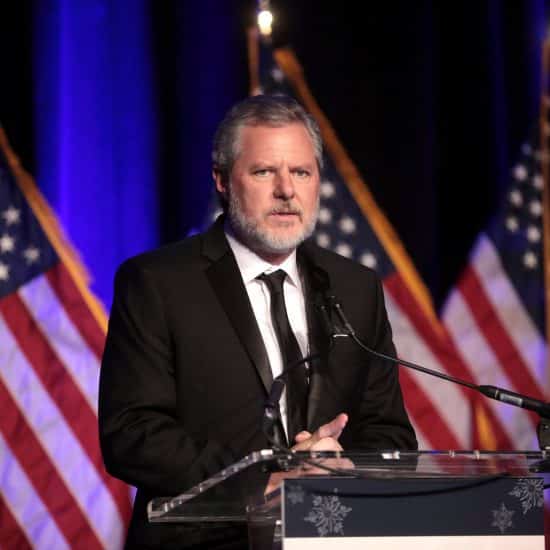
Steven Spielberg’s epic movie “Lincoln” is a fascinating study in leadership. At one point, a conversation occurs between Thaddeus Stevens (played by Tommy Lee Jones) and President Lincoln (powerfully portrayed by Daniel Day-Lewis). Stevens, a radical Republican, is exasperated, believing the President is moving too slowly in his effort to free the slaves and enshrine their rights in the U.S. Constitution. So, the congressman urges Lincoln to heed his “inner compass.”

Doyle Sager
Lincoln’s response is classic Abe — full of homespun wisdom, self-understanding, and leadership savvy. He reminds Stephens, “I used to do survey work. A compass will point to true north from where you’re standing. But it’s got no advice about the swamps and the deserts and chasms that you’ll encounter along the way. If we’re heedless of obstacles and sink in the swamp, what’s the use of knowing true north?”
I’m no Abraham Lincoln, but like him I get a great deal of free advice about how to lead others. Strangely, that advice often comes from people who have never pastored a church.
During the Civil War, our 16th president was catching it from both sides: he was moving too fast for some and not fast enough for others. But he kept his own counsel and understood that doctrinaire opinions and vision-casting must be tempered with specific actions and mundane details — in other words, the swamps and deserts of real life.

Image by StockSnap from Pixabay
What is the most difficult phase of organizational visioning, and strategic planning? It’s not the beginning. At that point, the adrenaline is flowing amid fresh coffee, bagels, flip charts, post-its, and colored markers. Likewise, the completion of a project is not the most challenging, because that’s when you can finally celebrate some wins. The toughest part is the middle, with the ditches, distractions, and surprises along the way. If we listen carefully, the criticism we most often hear in an organization’s “middle journey” is about pace. Do we hit the ruts and ravines head-on or adroitly circumvent them (which takes longer)?
A good rule of thumb for any leader is as follows: Study your own leadership bias. Are you naturally inclined by temperament and training to act quickly? Then pay extra attention to voices which urge caution. Are you predisposed to be slow and deliberate? Then heed carefully those who push for acceleration. To lead well, we all need counter-balance.
But input from others has its limits because the leader sees what no one else can. Lincoln seemed to be at peace disappointing his supporters and infuriating his enemies. He not only had a compass; he also had a plan for specific steps on the journey. So he was comfortable working his plan at the pace he believed best.
We often romanticize Lincoln’s legacy and assume his greatness was fully realized during his lifetime. But leadership is best evaluated in hindsight. Remember, the Apostle Paul admonishes us to “judge nothing before the time” (1 Corinthians 4:5).
Good leaders must continually self-evaluate: Can I live with low approval ratings? A recent NORC/AP poll revealed that Americans don’t hold clergy in high regard. That’s good to know but changes nothing. At this point in my ministry, I am not looking for validation from polls or crowds. By God’s grace, I can reckon true north. And with the pooled wisdom of my congregation and the Holy Spirit’s leading, we can negotiate the deserts, ditches, and swamps.






